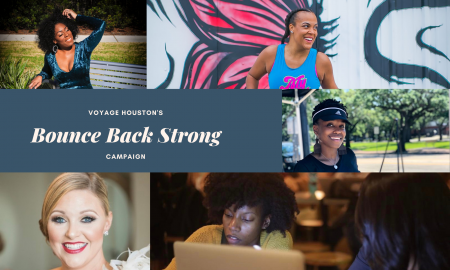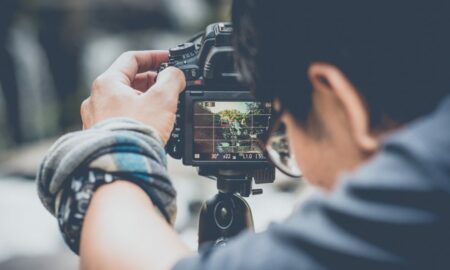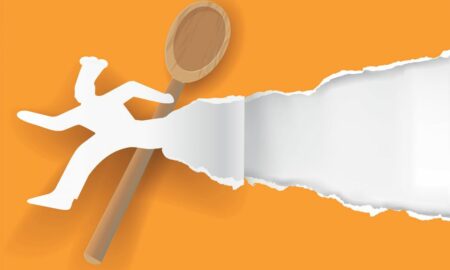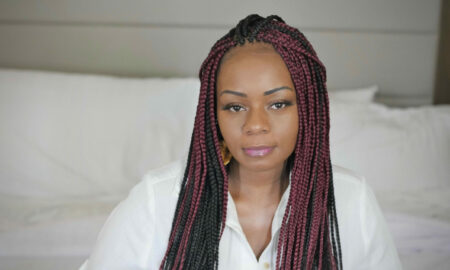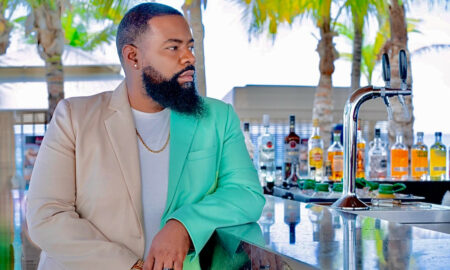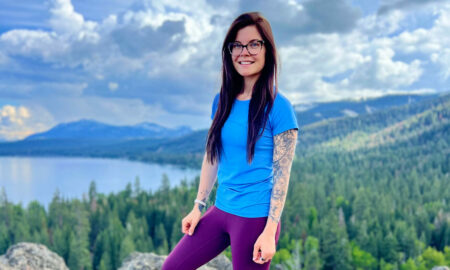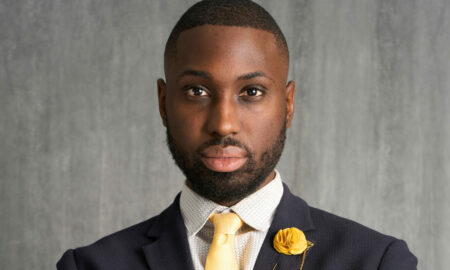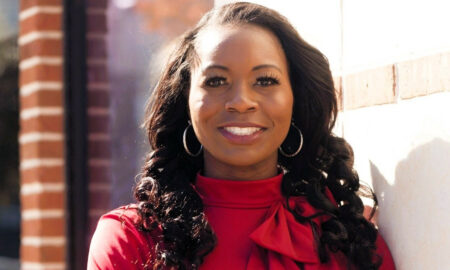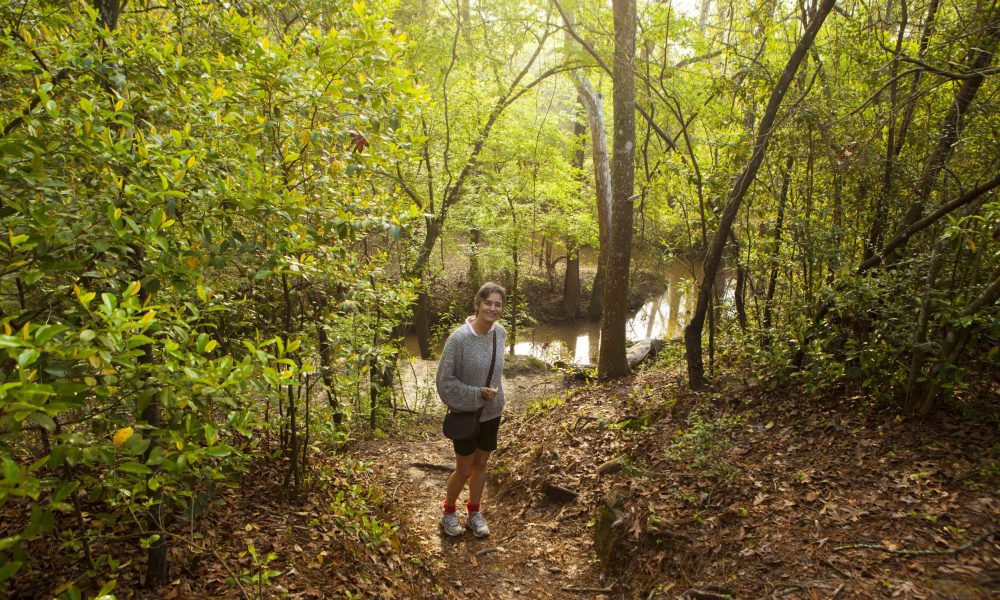

Today we’d like to introduce you to Susan Chadwick.
Susan, please kick things off for us by telling us about yourself and your journey so far.
I am a writer, a journalist, and now an advocate for the environment. I was fortunate to grow up in Houston on Buffalo Bayou and thus had an experience of nature and the bayou, which in the south is a slow-moving, meandering stream. Buffalo Bayou, which was probably named by Spanish explorers, is Houston’s main river running through the center of the city, and much of its banks are still forested. The bayou, some 18,000 years old, is known as the Mother Bayou because most other local bayous and creeks run into it. East of downtown it becomes the mighty Houston ship channel, eventually flowing into Galveston Bay. I had been the art critic for the Houston Post until it closed in 1995, and after fourteen years of living in France, I came back to Houston to discover there were plans to raze the forest, dredge and reroute one of the last publicly-accessible stretches of the bayou, a historic nature area, as it flows past Memorial Park, a park that was sold to the city at cost nearly 100 years ago on the condition that it remain a natural park.
A group of us formed a nonprofit, Save Buffalo Bayou, to stop that project, which also would have leveled the ancient high cliffs and destroyed the sandstone banks. Now we are focused on educating the public and our political leaders about enlightened flood management policies based on nature. Nature-based responses to flood hazards — as opposed to hard structures and big engineering projects — are more effective, cheaper, last longer, and more beneficial to us and the environment. Flooding begins on the land, and modern flood management emphasizes stopping stormwater before it floods our natural and built drainage systems. Slow the flow. Make room for the river. It’s what the rest of the world is doing.
Can you give our readers some background on your art?
My art now is writing about nature, photographing and publicizing the bayou, how it works, inspiring people to understand that the river is alive, that nature is alive. I hope to encourage empathy with nature. We need more empathy in this world, with other people and with the environment. You don’t need a biology book or a science book to observe and understand that nature is a process, an amazing and powerful system, with its own laws and intelligence. However, we do need more biologists and scientists in this world. And environmentalism is based on science. Too many people have the dangerous idea that nature is not vital to us, that it is just decorative, that tree-huggers are only sentimental, that we can control nature or even try to destroy nature with no consequence. For too long Houston has operated that way, and we are suffering the consequences with deadly flooding. Houston has never been surrounded by awe-inspiring nature like other cities, unless you are awed by the seemingly infinite flatness of prairies. But our forested bayous and streams, most of them already stripped, straightened, and destroyed for “flood control,” do provide us with openings to experience and be restored by nature.
What responsibility, if any, do you think artists have to use their art to help alleviate problems faced by others? Has your art been affected by issues you’ve concerned about?
There have always been environmental, political, and social justice movements among artists. I think that artists today have a special responsibility to move people emotionally and intellectually, to make them see, empathize, and understand. Leaders here agree that a top priority is educating the public about why flooding happens, how it works, what can and cannot be done, how it impacts others. Too many people expect someone else — the government — to fix our flood problems, and our climate problems, with big, expensive engineering projects. That’s not going to work and it will continue to cost us — in lives and money. We all need to do our part, and that includes pressuring our government to do the right thing. The role of artists is to move people, help explain and get the message across.
What’s the best way for someone to check out your work and provide support?
My writing and photographs, as well as the photography of environmentalist Jim Olive and others, are posted on our website www.SaveBuffaloBayou.org as well as on our Save Buffalo Bayou Facebook page.
We are a 501c3 nonprofit and donations to Save Buffalo Bayou are tax-deductible. People can donate through our website or by sending a check to Save Buffalo Bayou, 3614 Montrose #706, Houston, TX 77006.
Contact Info:
- Address: Save Buffalo Bayou, 3614 Montrose #706, Houston, Texas 77006
- Website: www.SaveBuffaloBayou.org
- Email: sbb@savebuffalobayou.org
- Facebook: https://www.facebook.com/SaveBuffaloBayou/
- Twitter: https://twitter.com/SusanEChadwick
- Other: https://www.youtube.com/channel/UC2U3aD4jQYmFnviW8vdDstw?view_as=subscriber




 Image Credit:
Image Credit:
Susan Chadwick
Getting in touch: VoyageHouston is built on recommendations from the community; it’s how we uncover hidden gems, so if you know someone who deserves recognition please let us know here.


